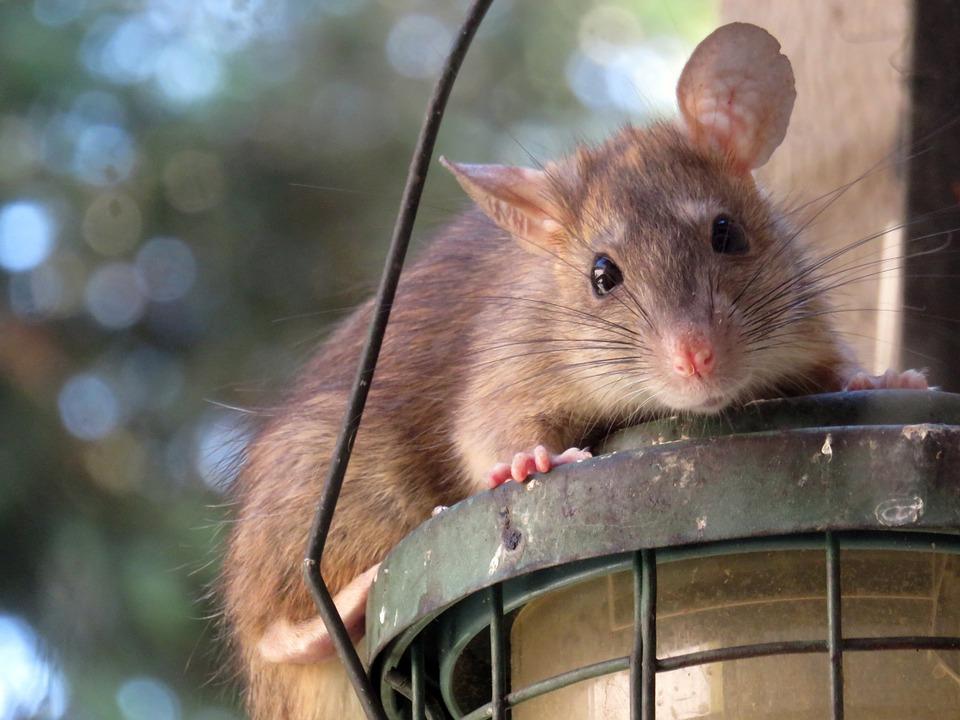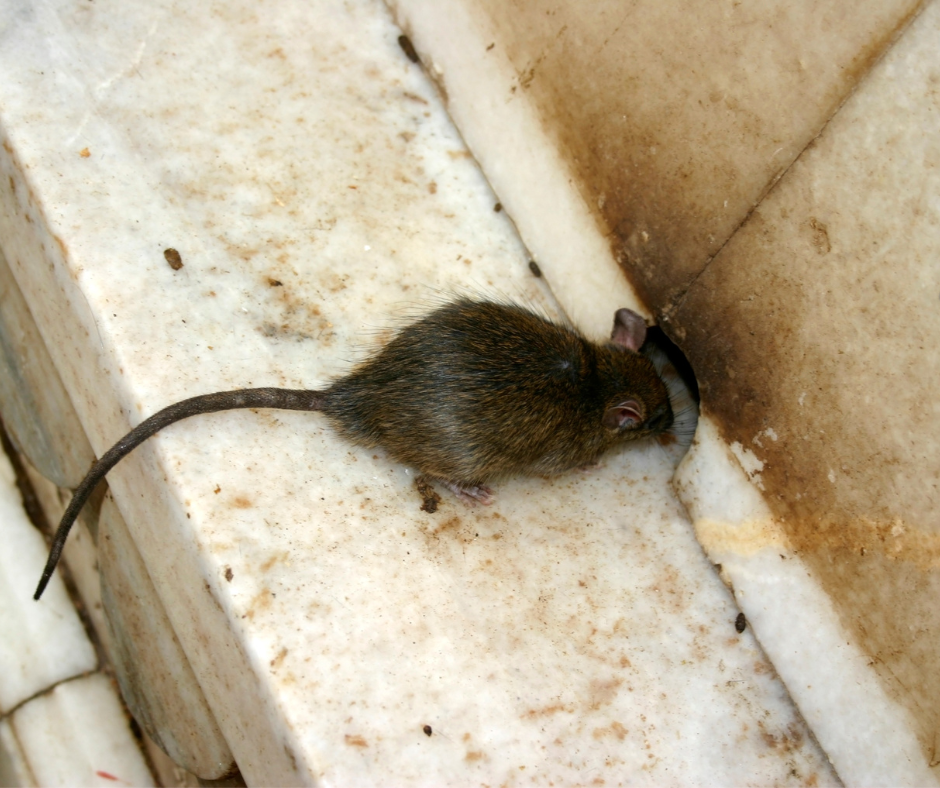As the weather shifts from one season to another, homeowners may notice rodents becoming more active or appearing in unexpected places. Rodents are masters of adaptation, and when outdoor conditions become less favorable, they seek warmth, food, and shelter indoors. Understanding the motivations behind this movement and how to respond effectively offers better protection for homes and families.

Seasonal Triggers That Drive Rodent Behavior
Rodents react to a number of environmental cues when the weather changes. Their instincts tell them to leave exposed outdoor areas and find safer, stable indoor zones. Recognising these triggers helps in anticipating infestations before damage occurs.
Key seasonal prompts for rodent migration include:
- Outdoor temperatures, dropping or fluctuating widely
- Decline in natural food sources, such as insects or seeds, due to the weather change
- Increased outdoor moisture or rainfall that forces rodents to seek dry ground
- Home heating systems activating, drawing rodents toward warmth and hidden spaces
- Day length shortening, which signals rodents to increase nesting and food gathering
In each of these situations, rodents are not merely moving; they are preparing for extended periods of habitation and breeding. Once they gain access to indoor environments, families and property owners face increased risks of contamination, damage, and difficult elimination scenarios. For deeper insight into professional rodent programs in commercial settings, readers can refer to this explanation of professional rodent control in commercial properties.
Common Entry Paths Rodents Use During Weather Changes
Rodents exploit even the smallest weakness when the weather pushes them indoors. Seemingly insignificant gaps or openings in a home’s structure become inviting under changing weather conditions. Identifying and closing these entry paths is essential to an effective rodent control plan.
Frequent rodent entry routes include:
- Cracks in the foundation, wall joints, or unsealed openings around utility lines
- Gaps under doors, especially garage doors or service entry doors, with worn thresholds
- Attic vents, soffits, or roofline openings where rodents can access protected spaces
- Crawlspaces, basements, or sub-floor spaces that are humid, dark, and connected to the outdoors
- Exterior landscaping or clutter near the home’s perimeter that acts as a bridge for rodents
Regular exterior inspection and maintenance help reduce the risk of entry. In addition, a simple homeowner checklist, such as the one found in our quick tips on keeping rodents away, provides practical measures for prevention.
Signs That Rodents Are Already Moving Indoors
By the time rodents are noticed in living spaces, the infestation may already be established. Early detection helps catch them before they spread widely and cause damage. Key indicators include:
- Droppings along baseboards, in cabinets, or near food storage areas
- Gnaw marks on wires, wood, insulation, or stored items in basements or attics
- Scratching or scurrying noises in walls, ceilings, or crawlspaces, especially during the night
- Grease or smear marks along wall edges and pathways, which rodents use habitually
- Nesting materials such as shredded paper, cardboard, or fabric hidden in quiet spaces
These signs signal the need for urgent action. Simple home traps or DIY attempts may capture a few rodents but rarely eliminate the population or block further entry. A robust rodent control plan includes inspection, exclusion, and monitoring to fully resolve the issue.
Why DIY Efforts Often Fall Short Once The Weather Changes
Many homeowners attempt DIY rodent control when they notice activity, but the changing weather complicates those efforts. Rodents become more mobile, access point risk increases, and traditional traps or bait stations may fail without structural exclusion. A professional approach offers greater efficiency and long-term results.
Consider the following limitations of DIY methods:
- Lack of knowledge about hidden nesting zones or structural vulnerabilities
- Limited reach of consumer traps and baits into concealed spaces
- Failure to address the root cause, such as entry points and environmental attractants
- Inconsistent monitoring or follow-up that allows re-infestation
- Misapplication of products near children or pets without proper training
Professionals bring tools, training, and strategy to manage rodent behavior when weather changes trigger movement. They also provide monitoring and documentation, which proves vital in preventing future infestations.
How A Professional Rodent Control Plan Works Best
A professional rodent control program is designed to respond to seasonal changes and rodent behaviour proactively. It focuses on three core functions: inspection, exclusion, and ongoing monitoring. This ensures homes remain protected even when the weather pushes rodents indoors.
Elements of the professional service typically include:
- A detailed inspection of the property to identify entry points, pathways, and nesting areas
- Exclusion work to seal cracks, reinforce doors, and close structural gaps that rodents exploit
- Placement of professional-grade bait stations and traps in strategic zones
- Ongoing monitoring and maintenance visits to track rodent activity and adjust strategies
- Recommendations for sanitation, landscaping, and storage habits that minimise attraction
By combining these elements, homeowners benefit from a comprehensive approach rather than reactive fixes. Professional involvement becomes particularly valuable when weather changes increase rodent pressure and the risk of infestation rises.
Let Us Help You Secure Your Home
Weather changes signal a shift in rodent behavior and an increased risk of indoor infestation. Ensuring proper exclusion, monitoring, and expert rodent control before the problem expands protects your home and family. Contact Fullscope Pest Control for professional inspection and tailored rodent control solutions today.



